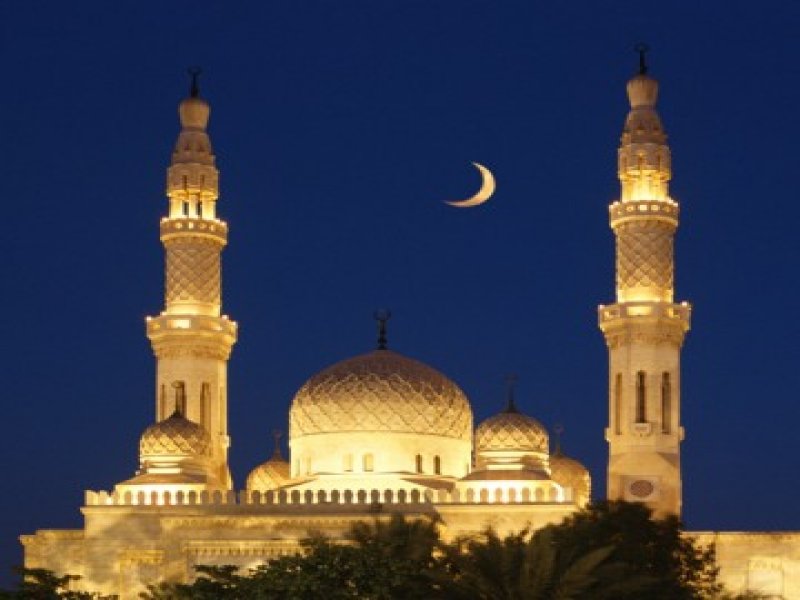A story of the crescent moon in Islam

It is widely believed that the crescent and the star are an internationally recognized symbol of Islam. After all, the symbol is present on the flags of several Muslim countries and is even part of the official emblem of the International Federation of Red Cross and Red Crescent Societies. Christians have the cross, Jews have the star of David and Muslims have the crescent moon - or so you think. The truth, however, is somewhat more complicated.
Pre-Islamic symbol
The use of the crescent moon and star as symbols actually precedes Islam by several thousand years. Information on the origins of the symbol is difficult to confirm, but most sources agree that these ancient celestial symbols were in use by the peoples of Central Asia and Siberia in their worship of the gods sun, moon and sky. There is also news that the crescent and star were used to represent the Carthaginian goddess Tanit or the Greek goddess Diana.
The city of Byzantium (later known as Constantinople and Istanbul) adopted the crescent moon as a symbol. According to some evidence, they chose it in honor of the goddess Diana. Other sources indicate that it dates back to a battle in which the Romans defeated the Goths on the first day of a lunar month. In any case, the crescent was present on the city flag even before the birth of Christ.
First Muslim community
The early Muslim community did not really have a recognized symbol. During the period of the prophet Muhammad (peace be upon him), Islamic armies and caravans waved simple solid-colored flags (generally black, green or white) for identification purposes. In later generations, Muslim leaders continued to use a simple black, white or green flag without signs, writings or symbolisms of any kind.
Ottoman Empire
It was only during the Ottoman Empire that the crescent moon and the star joined the Muslim world. When the Turks conquered Constantinople (Istanbul) in 1453 AD, they adopted the existing flag and symbol of the city. Legend has it that the founder of the Ottoman Empire, Osman, had a dream in which the crescent moon stretched from one end of the earth to the other. Taking this as a good omen, he chose to keep the crescent and make it the symbol of his dynasty. The five points on the star are assumed to represent the five pillars of Islam, but this is pure guesswork. The five points were not standard on Ottoman flags and are not yet standard on flags used in the Muslim world today.
For hundreds of years, the Ottoman Empire has dominated the Muslim world. After centuries of battles with Christian Europe, it is understandable how the symbols of this empire have been linked in people's minds to the faith of Islam as a whole. The legacy of the symbols, however, is really based on ties to the Ottoman empire, not on the faith of Islam itself.
Accepted symbol of Islam?
Based on this story, many Muslims refuse to use the crescent moon as a symbol of Islam. The faith of Islam has historically not had a symbol and many Muslims refuse to accept what they see essentially as an ancient pagan icon. It is certainly not in uniform use among Muslims. Others prefer to use the Ka'aba, Arabic calligraphy or a simple mosque icon as symbols of faith.